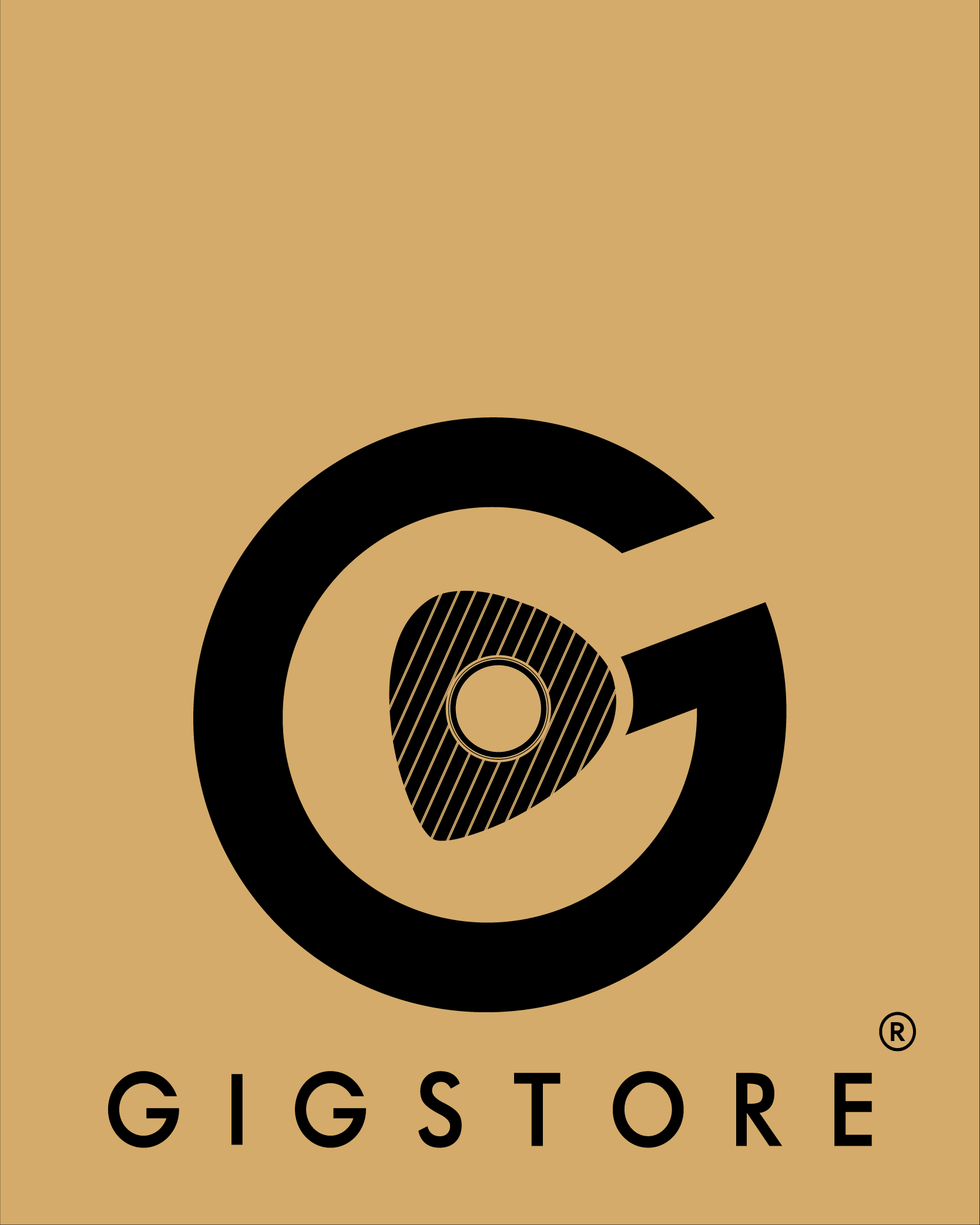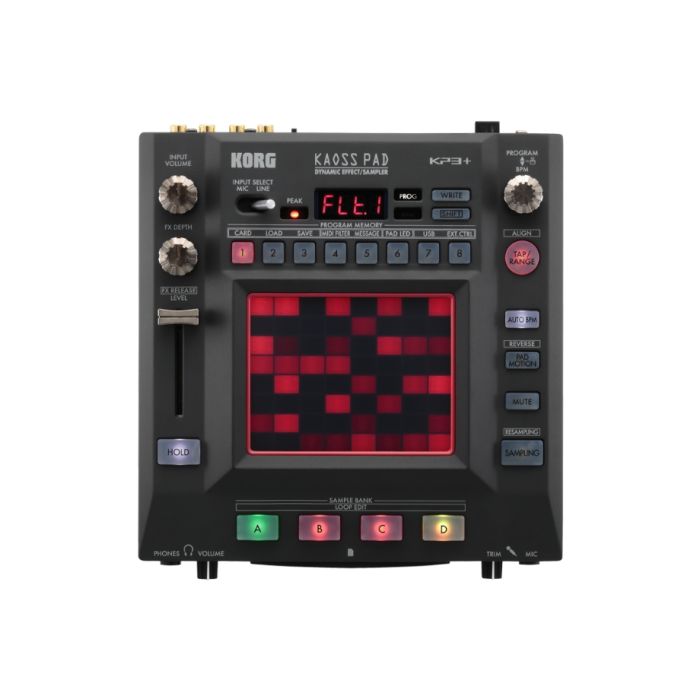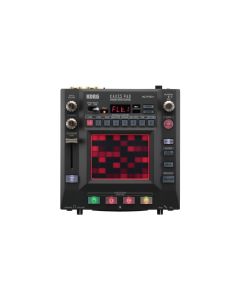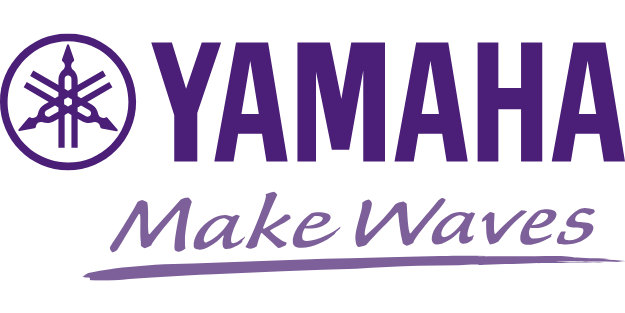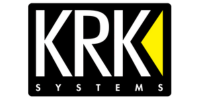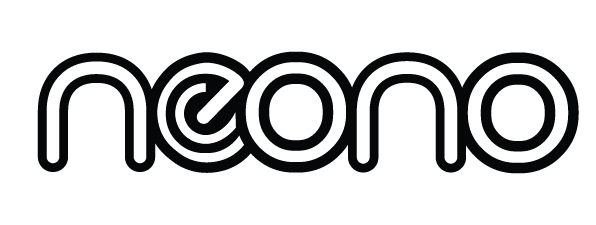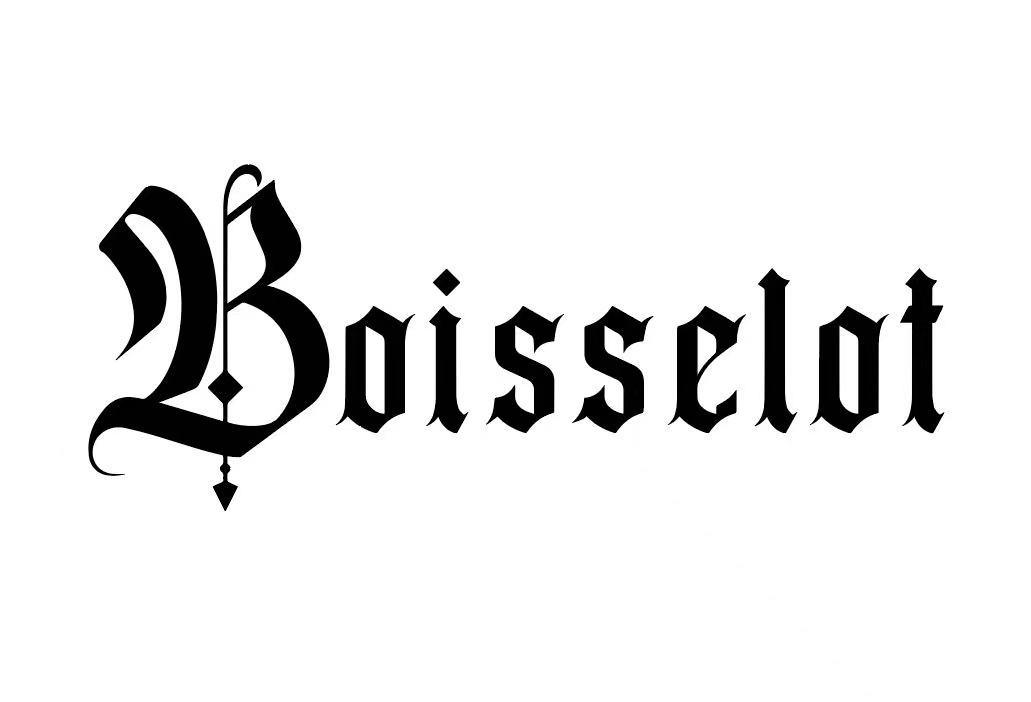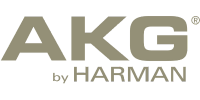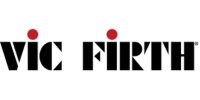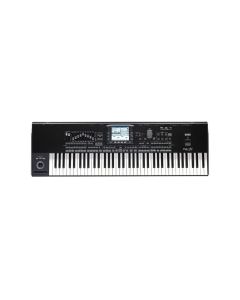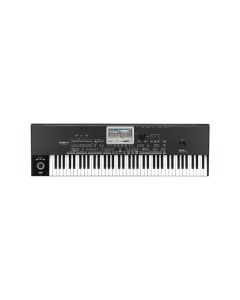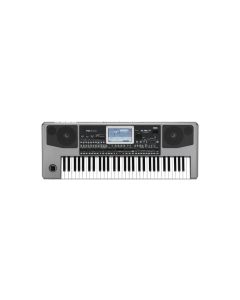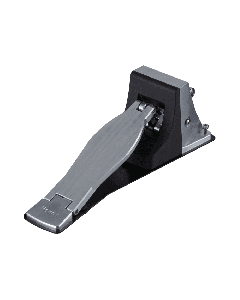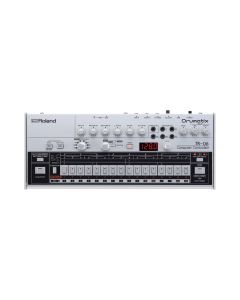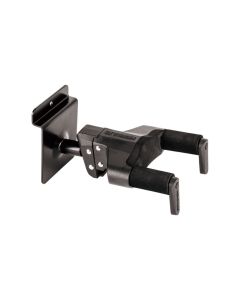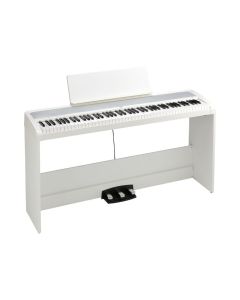This website uses cookies to ensure you get the best experience on our website. Read more
KORG KP 3 Dynamic Effect / Sampler
Brand
KORG
The KP3 is a little larger than its immediate predecessor and much of the KP2's colour has been drained away, leaving behind a moody, dark-grey exterior lit by the austere red glow of display and buttons.
The KP3 is a little larger than its immediate predecessor and much of the KP2's colour has been drained away, leaving behind a moody, dark-grey exterior lit by the austere red glow of display and buttons. The central touchpad, beneath which is an 8x8 matrix of red LEDs, is at once practical and visually stunning. Only the backlit rubber buttons feel a little cheap, lacking the positive 'hit me' action that you'd ideally want for restarting loops or tapping in tempo.
Kaoss Pads are both tactile and intuitive; consequently the slender manual avoids wordy descriptions of the included effects algorithms, offering only the information needed to get you up and running. Having connected the KP3 to your mixer, CD player or synth and set the input source and connection type appropriately (the latter either 'direct' or via your mixer's send/return buss), you're ready to go.
At once, the smooth, responsive surface of the touchpad draws you in, its animated LED matrix following each finger movement as you dynamically transform the current effects patch. When the Hold button is activated, effects continue even when you take your finger away. In such cases, a single LED remains lit on the pad as a useful visual reminder of where you left off.
Power is supplied via the usual wall-wart and connectivity is little different from the KP2 except that the dedicated turntable jacks are no more. The KP3 manages just fine with rear-mounted stereo inputs and outputs — both on RCA phono jacks. On the front panel are quarter-inch jack sockets for headphones and microphone, each with their own level controls, and for direct connectivity with your PC or Mac, a USB port carries a copy of the data sent and received via the MIDI ports. Also included in the package is a CD containing USB drivers and an editor program.
he KP3's single greatest advance is its sampling implementation — so that's a good place to start. Where the KP2 had the capacity to hold two six-second samples, the KP3 now deals with samples in musical measures instead. Sampling is in 16 bit 48kHz stereo and up to four simultaneous loops or one-shot samples can be held in memory at once.
Korg have made the process as uncomplicated as possible. You hit the Sampling button, at which point the four sample pads flash red and the display shows the number of beats available to record. The beats value may be set to 1, 2, 4, 8 or 16 — but no other intervals are offered. Plus, if you work with extremes of tempo, not all intervals can be selected. The lowest tempo supporting 16 beats is 74bpm — suggesting that the maximum sample time is about 13.2 seconds for each pad. Mostly you never even think about this stuff; all the calculations of loop length and sample time take place under the covers, which is fine by me!
Having set your sample length, recording begins as soon as you hit one of the four pads. Incidentally, there's no equivalent of the earlier Kaoss Pads' 'Auto Rec' function which ensured that sampling started on receipt of an audio signal. Having started recording, your loop will fill the maximum number of measures, with progress represented by the successive lighting of each of the eight Program Memory buttons. Once complete, the pad turns orange and looped playback begins immediately. Simply hitting the pad again stops looping and the pad glows green to indicate a loop is present.
Each sample pad is assigned a MIDI note. However, the pads do not respond to external note triggering during sampling. This is a pity, since it prevents you from initiating the process precisely, using a sequencer. To obtain a perfect loop, there's nothing for it but to master hitting the rubber pads in time. If you do find your loop isn't bang-on, hit the Shift key combined with the Tap / Range key to realign its start point.
| Manufacturer | KORG |
|---|
Write Your Own Review
